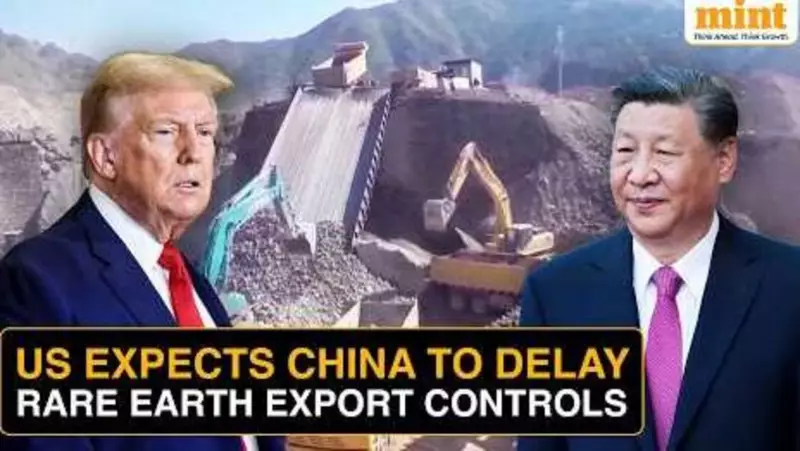
In a significant diplomatic breakthrough, the United States and China have established a preliminary framework for a comprehensive trade agreement, potentially ending years of economic tensions between the world's two largest economies.
The Rare Earth Element Conundrum
At the heart of these negotiations lies a critical component of modern technology: rare earth elements. These seventeen metallic elements have become the invisible backbone of our digital world, powering everything from smartphones and electric vehicles to advanced military equipment and renewable energy technologies.
China's Dominance in the Market
China currently controls approximately 80-90% of global rare earth processing capacity, giving Beijing significant leverage in international trade discussions. This dominance has raised concerns among Western nations about supply chain vulnerabilities, particularly given the strategic importance of these materials for defense and technology sectors.
What the Framework Agreement Entails
The newly established framework addresses several key areas:
- Export quotas for rare earth minerals
- Technology transfer protocols
- Market access improvements for US companies
- Intellectual property protection measures
- Supply chain stability guarantees
Global Implications
This development could have far-reaching consequences for global manufacturing and technology sectors. A stable rare earth supply chain would benefit numerous industries, including:
- Electric vehicle manufacturers reliant on neodymium for powerful magnets
- Consumer electronics companies requiring multiple rare earth elements
- Renewable energy sectors dependent on these materials for wind turbines and solar panels
- Defense contractors needing rare earths for advanced weapons systems
Strategic Significance for India
For India, this trade framework presents both challenges and opportunities. As the world's second-most populous nation with ambitious technology and manufacturing goals, India must carefully navigate the changing landscape of strategic mineral supplies.
The resolution of US-China trade tensions could create more stable global markets, but it also highlights the urgent need for countries like India to develop domestic rare earth processing capabilities and diversify supply sources.
While details of the agreement remain confidential, industry analysts suggest that the framework represents a significant step toward normalizing trade relations between the economic superpowers. The coming months will reveal whether this preliminary understanding translates into a comprehensive, lasting agreement that benefits the global economy.





